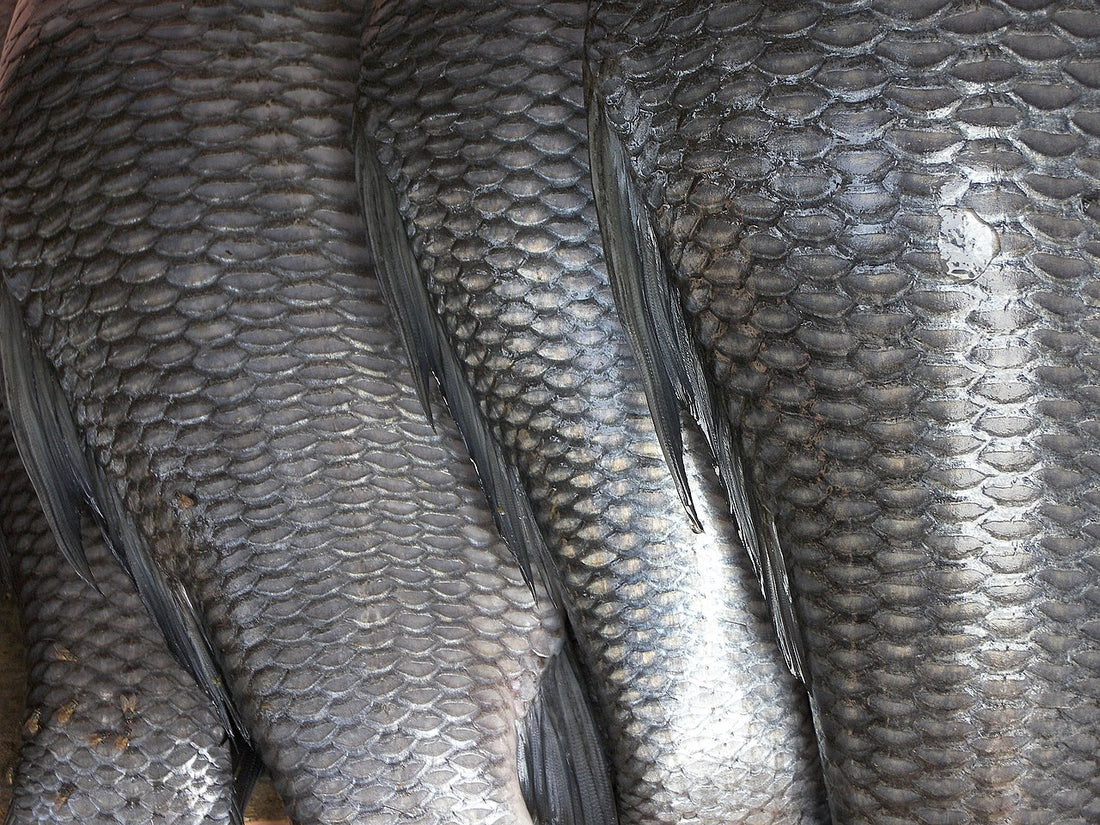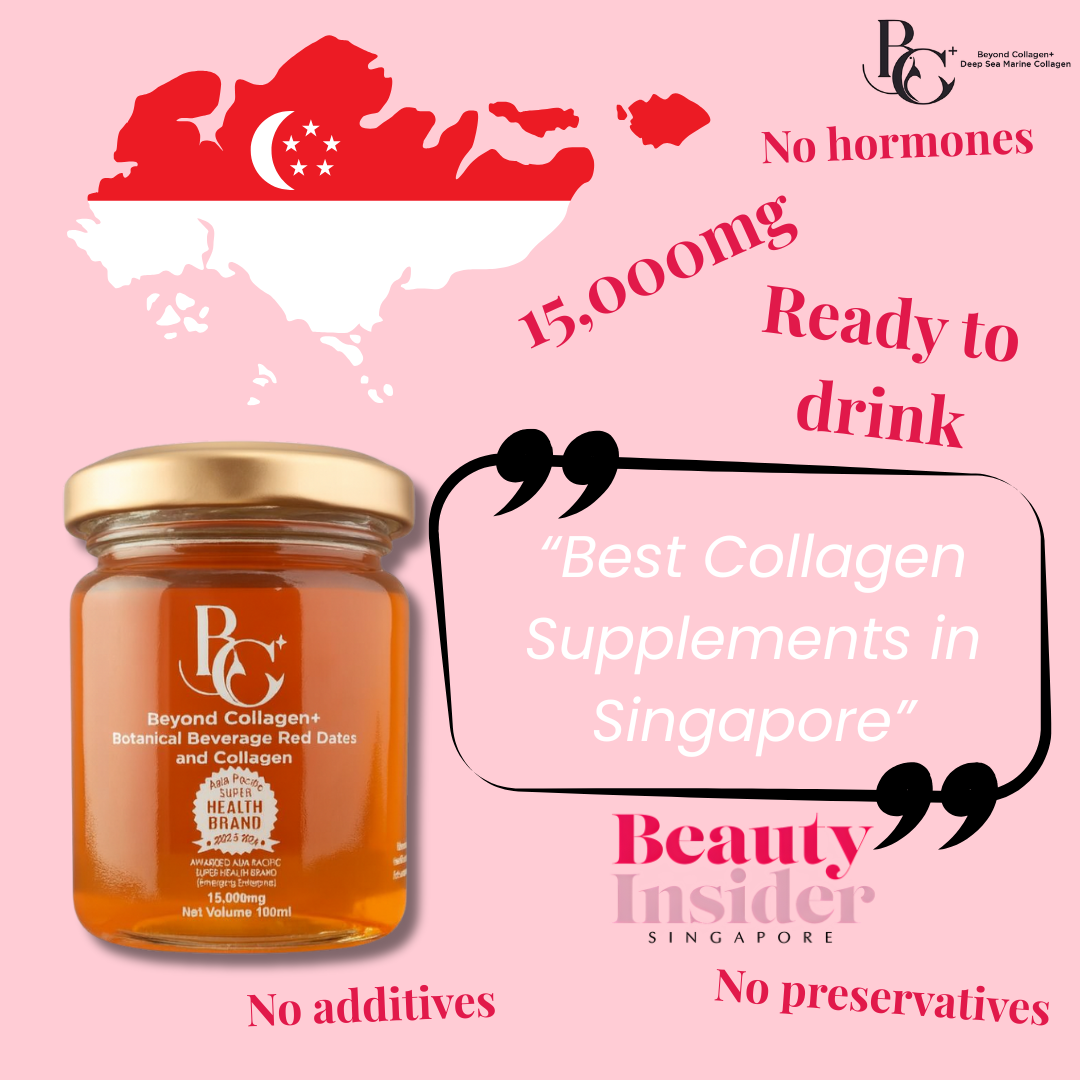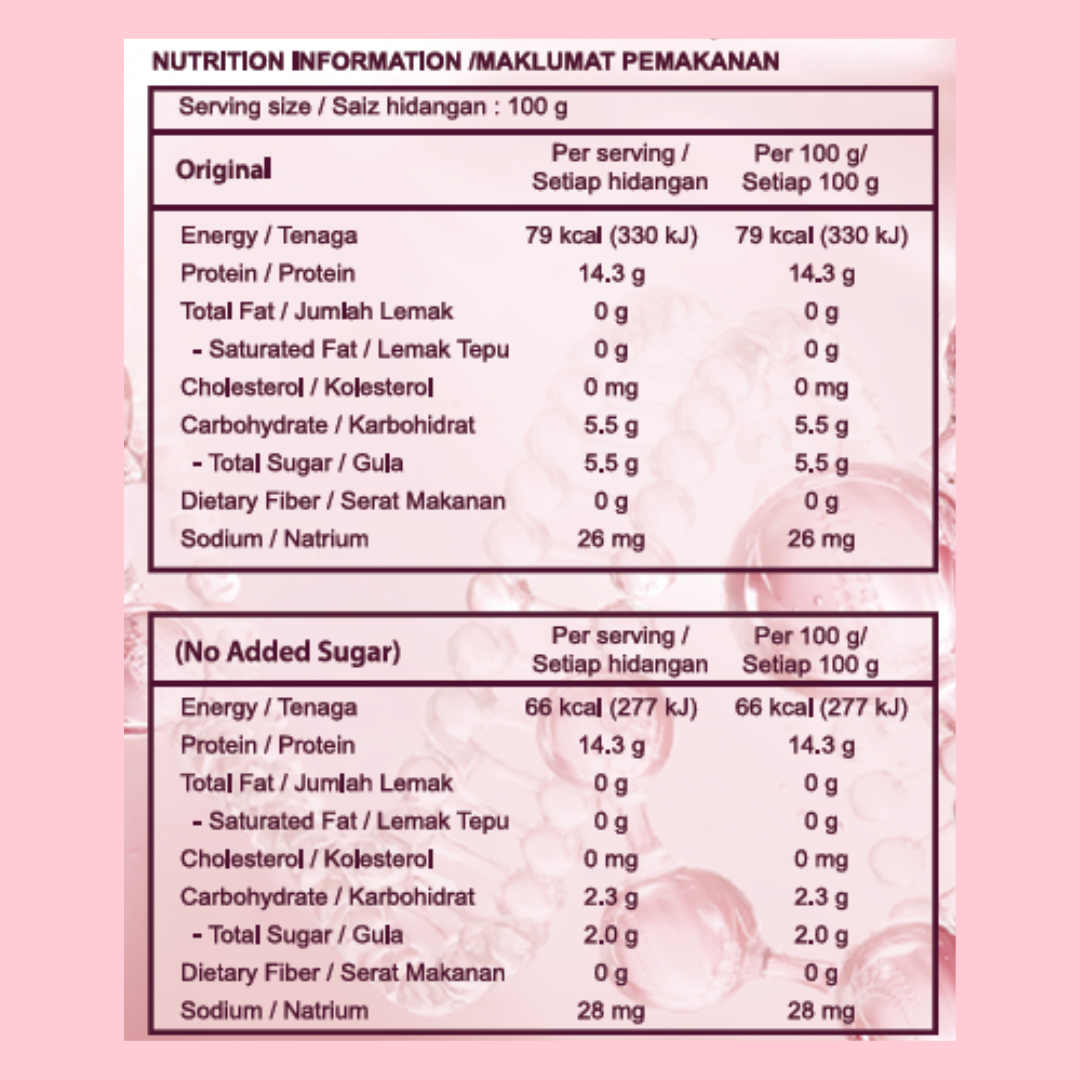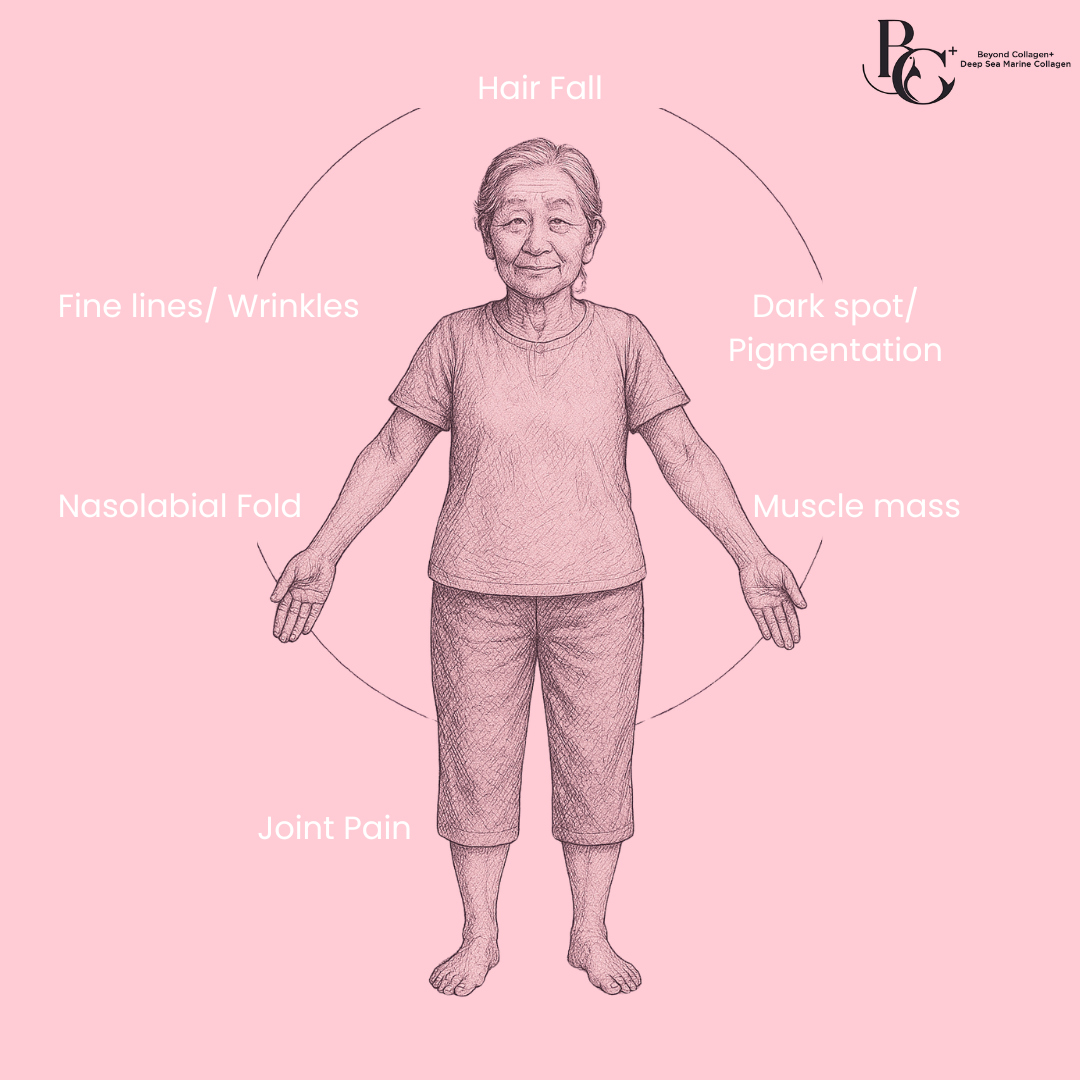
The nutritional benefits of fish scale
Share
Fish is a nutritionally dense food that plays a crucial role in human diet. However, the fish processing industry generates substantial amounts of waste annually, including fish scales.
Fish scales, often considered waste in various aquaculture processes such as canning, filleting, salting, and smoking, contribute to the estimated 7.2–12 million tons of fish waste discarded globally each year.
Despite being considered waste, fish scales contain valuable components like hydroxyapatite, collagen, and chitin, which have diverse functional applications. The collagen in fish scales, for instance, can be processed into bioactive peptides with various health benefits.
Fish-derived peptides have been shown to possess various biological activities, including inhibition of angiotensin-I-converting enzyme (ACE), antioxidant properties, antimicrobial effects, anticancer potential, and immunostimulant capabilities. Beyond their nutritional value as amino acid sources, these peptides can interact with human metabolic pathways, potentially promoting health and mitigating aging processes.
Research has identified multiple bioactive peptides from fish scales. For instance, four types of peptides extracted from sea bream (Sparus aurata) scales demonstrated antihypertensive activity with varying degrees of efficacy. Additionally, bioactive peptides from various fish species' scales have exhibited antioxidant properties.
The regulation of oxidative stress and immune function is crucial for growth and physiological metabolism. This regulation could potentially aid in preventing malnutrition, particularly undernutrition conditions like stunting. A preclinical study by Sabrina et al. indicated that bioactive peptides might improve nutritional status markers such as serum protein, hemoglobin, and IGF-1 levels.
Stunting, a condition where a child's height is significantly below average (two standard deviations lower than the norm for their age on standard growth charts), remains a significant health concern. Given their rich protein content and bioactive peptides, fish scales present an intriguing potential as a nutraceutical that could address the unmet nutritional needs of populations affected by stunting.
Fish scales are composed of type I collagen and hydroxyapatite. Fish scales are the source of many valuable products. Fish scales consist of a type I collagen multilayer with orderly orientation, adequate mechanical strength, transparency, and good biocompatibility. Fish scales collagen gained advantages because it is considered a safer collagen source compared to other animal-derived scaffolds due to the absence of zoonotic infections and religious issues.
Alongside collagen, gelatin is also a component of interest in fish scales. Gelatin belongs to a class of protein fractions derived from collagen by thermal hydrolysis which involves breaking hydrogen bonds between polypeptide chains of collagen molecules. Due to its characteristics, gelatin has the most significant application in the food industry field, pharmaceutical, and cosmetics industries. Gelatin supplementation can enhance joint and bone health. Fish-based gelatin also encourages tissue regeneration, raising bone marrow density and offering an alternate benefit for patients with osteoporosis.
Aside from collagen, the fish scale also contains hydroxyapatite with various utilization values. Hydroxyapatite is the hydroxylated representative of phosphate minerals known as apatites [Ca10(PO4)6(OH)2]. Hydroxyapatite from fish scales has emerged as an alternative to substitute synthetic and bovine hydroxyapatite, due to the similarity of chemical properties that simple and inexpensive methods can achieve. Results from studies have shown that hydroxyapatite from fish scales demonstrated no cytotoxicity, increased mineralization in vitro, and tolerable biocompatibility in murine models. Hydroxyapatite constituent from fish scale was also developed as a calcium-binding peptide which promotes calcium cellular uptake. Those pieces of evidence suggested a significant role of hydroxyapatite in bone metabolism.
Chitin can also be found in fish scales. Chitin is a very attractive item owing to its biological properties and therapeutic feature via antibacterial and antifungal activities. The utilization of chitin derivatives is numerous, ranging from medical, pharmaceutical, food, and cosmetic industries, to nutraceuticals, bioremediation, gene therapy, and cosmetics. Chitin has many beneficial properties as an antioxidant, prebiotic, dietary fiber, and hypocholesterolemic agent. Incorporating chitin into a protein-based meal was also shown to improve growth, increase fatty acid production, and modulate gut microbiota.













